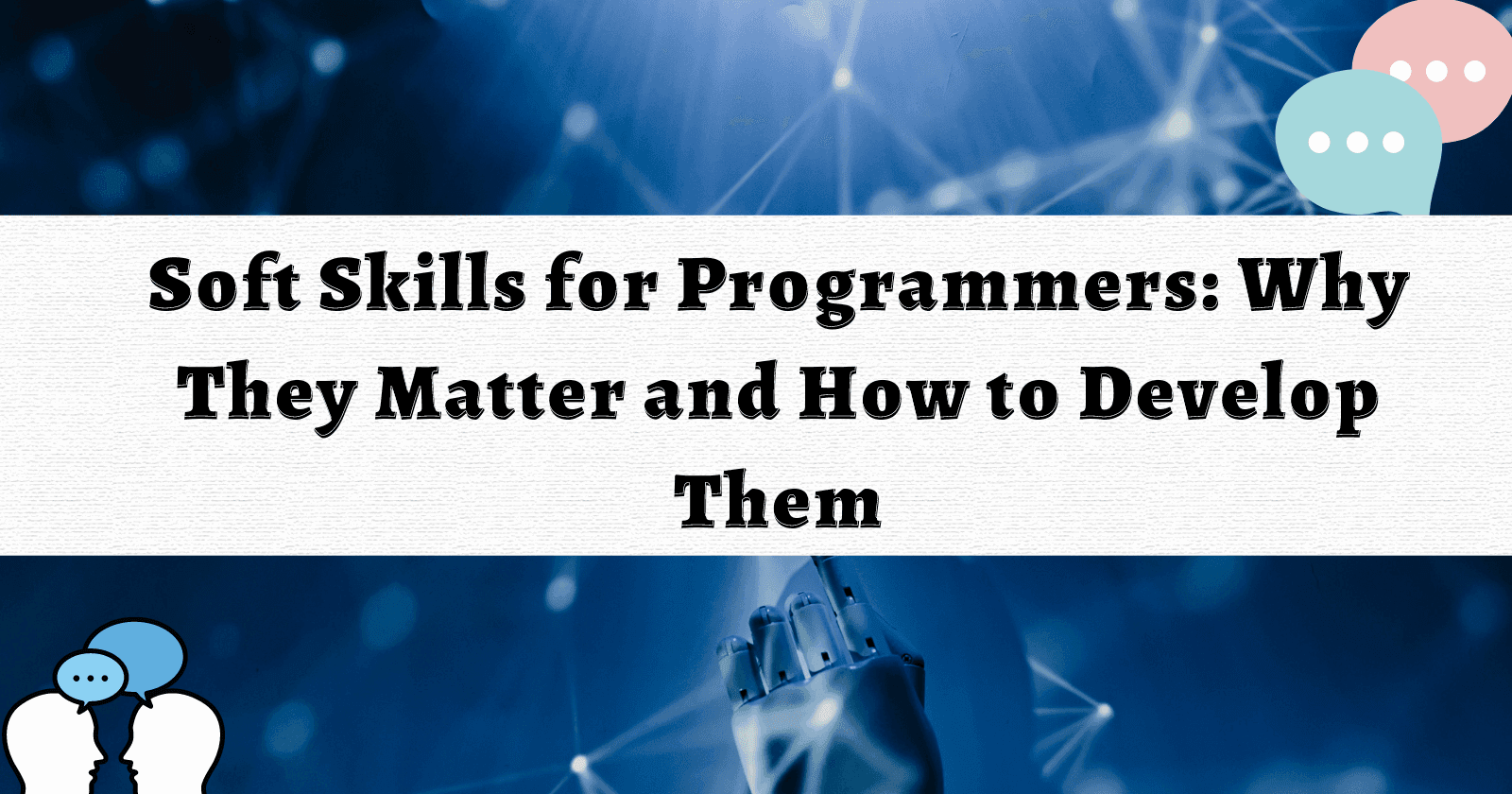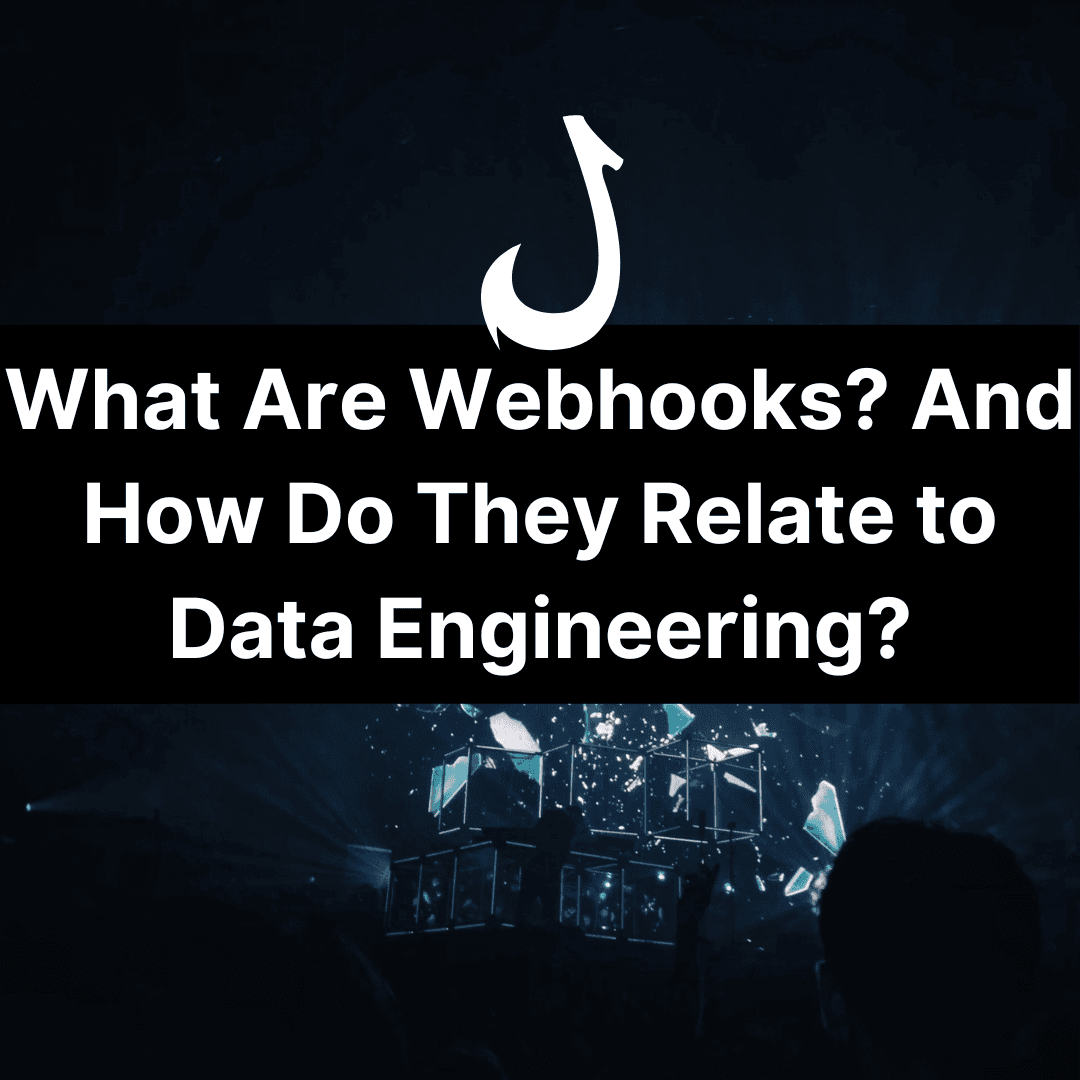Software architecture occupies a unique niche between software development and engineering and client or business-facing roles. Software architects are often project managers as well as developers, taking on the responsibility of overviewing the software project.
Developing the overall structure of software requires tremendous vision and foresight. It also often means liaising with many software engineers or developers, communicating ideas to get code in motion.
To be a successful software architect, it’s essential to transcend the pure technical mind. Communication is key, as are creativity, pragmatism and awareness. Working with stakeholders is essential, as is breaking their ideas down into pieces that form clean architecture.
Many books on software architecture are quite holistic to match this broad job remit. So, here are 10 books on software architecture that will augment everything from project management to clean coding, stakeholder communication and more.
Be sure to check out the Top 15 Data Analysis and Data Science Books and Top 10 Data Engineering Books too!
Table of Contents
Clean Code: A Handbook of Agile Software Craftsmanship – Robert C. Martin
Robert C. Martin has written, co-written or edited a few books on coding, including:
- The Clean Coder: Practical Advice for the Professional Programmer
- Clean Architecture: A Craftsman’s Guide to Software Structure and Design
- The Software Craftsman: Professionalism, Pragmatism, Pride
- Clean Agile: Agile values and principles for a whole new generation of developers
These books are mostly focused on C++, Ruby, Java, OO, Design Patterns, C#, UML, Agile, and eXtreme programming. To make the most out of them, you’ll need a decent knowledge of Java and object-oriented programming.
This particular bestseller describes the principles and advantages of writing clean code. There are tons of illustrated case studies, exercises in clean code, heuristics interpretations of exercises and case studies, and much more.
There’s also a section on unit testing, which is very useful. It’s an in-depth book that is ideal for those working in Java.
Topics:
- Designing clean code
- Agile development
- Architecture with Java
- Unit testing
Suitable For:
- Java uses/specialists
Mastering Python Design Patterns: A guide to creating smart, efficient, and reusable software – Kamon Ayeva and Sakis Kasampalis
Books on Python for software design and architecture are actually somewhat lacking, mainly because Python’s mass adoption is relatively recent in software development terms.
This book is quite a tricky one in places, but contains huge volumes of information on design methods for object creation in Python (e.g. Explore Factory and Abstract Factory methods), interface compatibility using Adapter patterns, and stacks of other info on design patterns from Proxy pattern to Adapter and Strategy patterns.
There is another book worth considering here – Architecture Patterns with Python: Enabling Test-Driven Development, Domain-Driven Design, and Event-Driven Microservices. This looks at translating high-level design patterns into Python, such as hexagonal/clean architecture, event-driven architecture, and domain-driven design (DDD).
Topics:
- Software architecture in Python
- Design patterns
- Event-driven architecture and domain-driven design (DDD).
- Clean code in Python
Suitable For:
- Software architects using Python
Software Architecture: The Hard Parts: Modern Trade-Off Analyses for Distributed Architectures – Neal Ford, Mark Richards, Pramod Sadalage, Zhamak Dehghani
Another O’Reilly book, a sequel to Fundamentals of Software Architecture by some of the same authors.
This book is focused on microservices and distributed architectures. It’s primarily about decision making and trade-offs, namely; making and documenting decisions, service granularity, breaking apart monolithic applications, handling data in distributed architectures and managing workflows and transactions.
The book interweaves a story about a fictional group of tech professionals, called the Sysops Squad, through which it demonstrates its examples. It articulates complex problems well, and serves as an excellent guide to breaking monolithic systems apart and restructuring as microservices.
Topics:
- Distributed architecture
- Microservices
- Refactoring
- Decision Making
Suitable For:
- Wide readership
Fundamentals of Software Architecture: An Engineering Approach – Mark Richards and Neal Ford
This is a tremendous, highly-rated book on software architecture. It’s suitable for beginner and intermediate developers and programmers alike. There are a few sections:
- Architecture patterns: Contains an overview of many architecture patterns and styles, such as layered architecture style, pipeline architecture style, microkernel style, event-driven, service-based, space-based and microservices.
- Architecture components, including cohesion, identification, partitioning, coupling, and granularity.
- Soft skills, leadership, team management, meetings, presentations, etc
- Modernity and changes throughout time: Changes to the industry and how they affect developers and programmers
- Architecture as an engineering discipline, covering everything from metrics and measurements to testing.
It’s all pretty hands-on and importantly, up-to-date. Thoughts about the future direction of the industry are discussed too. An excellent software architecture book for a broad readership.
Topics:
- Fundamentals of software architecture
- Soft skills
- Test-driven development
- Architecture patterns
Suitable For:
- Broad appeal for all software architects
Software Architecture with C++: Design modern systems using effective architecture concepts, design patterns, and techniques with C++ – Adrian Ostrowski, Piotr Gaczkowski
Focused on C++, this advanced guide to software architecture covers topics such as designing scalable applications with the C++, cloud-based software solutions with continuous integration and continuous delivery (CI/CD) design patterns, language features, and related useful tools.
It’s broken down into four main sections:
- Section 1, covering various general concepts and topics within software architecture as a whole
- Section 2, design and development with C++
- Section 3, architectural quality attributes
- Section 4 discussed cloud-native design
Rather than being packed with code examples, this book is focused on the architecture and design process itself. However, it’s obviously still most appropriate for those who wish to develop their C++ skills.
Topics:
- C++
- Design patterns
- Cloud-native design
- CI/CD
Suitable For:
- Software architecture in C++
Modern Software Engineering: Doing What Works to Build Better Software Faster – David Farley
This is a very effective book if you write software and want to take your skills to a new level. It’s well-written and well-formatted, which is not always the case when it comes to complex code-filled books! It’s also well-unified with broad appeal across the industry, which means numerous individuals can gain insight from its information.
Crucially, it doesn’t lead readers down a single path – or “my way or the highway” – but instead carefully leads them through the fundamental qualities of building quality software
Core concepts are discussed, such as abstracting ideas, cohesion, modularity, separation of concerns, testing, etc. Monolithic software architecture and microservices are broken down very well with reference to real-life examples. The “Empiricism” and “Being Experimental” chapters are particularly engaging.
Topics:
- Clean, efficient code
- Design patterns and principles
- Testing
- Real-life examples
Suitable For:
- Wide appeal in software architecture
The Python Workshop: Learn to code in Python and kickstart your career in software development or data science – Multiple authors
Though not really focused on software architecture, this is an excellent book for those wanting to get started with Python or port their coding knowledge into Python from elsewhere. It does touch on many subjects allied to software development, but does also take notice of Python being the premier programming language for data science.
It firstly teaches vital Python knowledge, e.g. strings, loops and conditionals. Next, it delves into structures, executing scripts, errors, graphs, classes and methods.
Next, it runs through what the Python standard library has to offer and then has a look at software development using Python vs other programming languages. Finally, data analytics with Pandas and NumPy are discussed, with a short section on machine learning.
Overall, this is a thorough yet practical guide to Python. Useful for everyone from beginners to advanced programmers.
Topics:
- Software architecture and coding in Python
- Data analysis
- Stings, loops and conditionals
- Testing
Suitable For:
- Software architects using Python
Software Architect’s Handbook – Joseph Ingeno
This is somewhat of a dictionary of software architecture. It’s certainly a generalist piece, covering areas such as:
- Designing software architectures using design patterns
- Understanding the various considerations of software architecture
- Improve one’s personal and professional skills within the software remit
- Build coupled systems that can support change
- DevOps and software architecture
- Refactoring legacy applications
This is a dense and sizable book (594 pages!) aimed at software architects, chief technical officers (CTO) and senior developers.
It’ll most likely sit on your desk for periodical reading. It’s easy to consult for pretty much any core or fundamental process in software architecture. Incredibly dense but packed with great info.
Topics:
- Design patterns
- DevOps
- Refactoring
- Testing
Suitable For:
- Wide remit within software architecture
Software Architecture in Practice (SEI Series in Software Engineering) – Len Bass, Paul Clements, Rick Kazman
Originally published in 2012, this book is in its 3rd edition, bringing it up to date with the latest developments. It still undertakes an in-depth discussion of software architecture in real-life contexts, architecture competence, the influence of business goals and agile development. Some new topics include cloud computing, social networking and end-user devices.
This is a pretty long-winded book, which isn’t really a criticism, but you need to be prepared to immerse yourself in it for the long haul. On the other hand, at 624 pages, it definitely has good coverage!
Topics:
- Software engineering
- Soft skills
- Business communications
- Tons of real-life examples
Suitable For:
- Very generalist
Software Systems Architecture: Working With Stakeholders Using Viewpoints and Perspectives – Nick Rozanski, Eóin Woods
This well-reviewed book tackles software architecture as reflected by real-world situations and job remits. It respects the roles of business communication and stakeholders’ views, aiming to make software architects and developers better communicators. It also aims to establish the aim of software architecture, design aspects, resilience, and performance.
This book is pretty dense, but it’s more pragmatic than most and has a wide remit and generalist appeal. Its goal is to create technically minded but perceptive architects who are good doers and good listeners. An excellent and often-overlooked tome on software architecture.
Topics:
- Management and soft skills
- Communication
- Clean code
- Project management
Suitable For:
- High-level software architects (e.g. CTOs)
Summary: Top 10 Software Architecture Books
Software architecture has a diverse job remit that mixes technical and soft skills. Again, the role of education is pivotal here – you cannot assume that you are / will be a good software architect without taking continual professional development seriously.
Many of these books provide in-depth but holistic guidance into all things software architecture. There’s something here for everyone in popular coding languages, including C++, Java and Python.
There’s no hiding the fact that some of these large 500 to 600-page books are pretty dense and heavy to read, but some people enjoy that. After all, something you will get from a book that you don’t get from the internet is coverage, coherence and continuity.
FAQ
What is software architecture?
Software architecture overlaps with software development, software engineering, project management and client or customer-facing roles. Software architects break down strategy and business ideas into components and patterns that are turned into code, and eventually assembled into software.
What skills do you need to be a software architect?
Software architects require technical skills in coding and development combined with communication, planning, management and leadership skills. It’s often necessary to listen to stakeholders and communicate how their visions can be executed in software. This requires soft skills and business acumen. Of course, software architctute does also apply to scientific and on-profit industires.
What are some examples of software architecture?
There are many domains and subdomains within software architecture. Microservices, MVC pattern, microkernel, n-tier, domain-driven design components, services or data-centric and event-driven are all examples of the many software architecture patterns or styles.

